PPT-What Makes Good Readers Great and Poor Readers Weak?
Author : tatyana-admore | Published Date : 2018-02-22
Cheryl Hutchinson M Ed Loudoun County Public Schools National Board Certified Teacher Candidate Support Provider LCPS Staff Development August 31 2009 Why me Why
Presentation Embed Code
Download Presentation
Download Presentation The PPT/PDF document "What Makes Good Readers Great and Poor R..." is the property of its rightful owner. Permission is granted to download and print the materials on this website for personal, non-commercial use only, and to display it on your personal computer provided you do not modify the materials and that you retain all copyright notices contained in the materials. By downloading content from our website, you accept the terms of this agreement.
What Makes Good Readers Great and Poor Readers Weak?: Transcript
Download Rules Of Document
"What Makes Good Readers Great and Poor Readers Weak?"The content belongs to its owner. You may download and print it for personal use, without modification, and keep all copyright notices. By downloading, you agree to these terms.
Related Documents

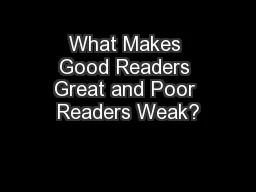
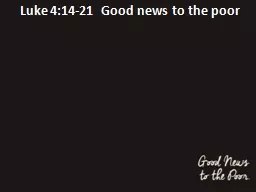
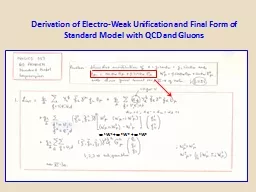
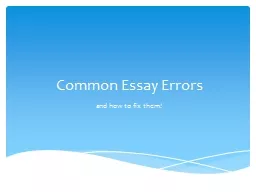
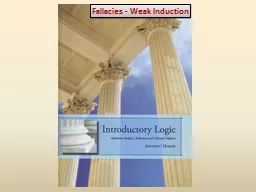
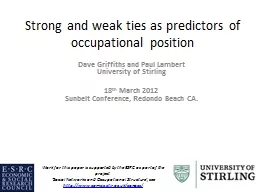
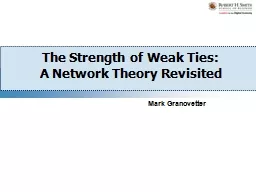
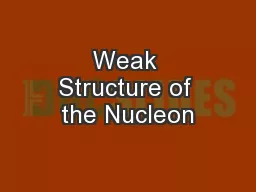
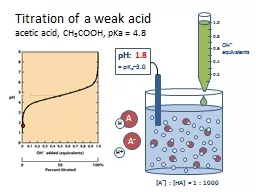

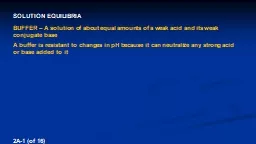
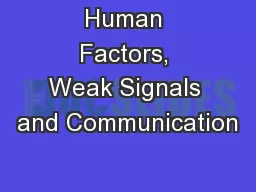
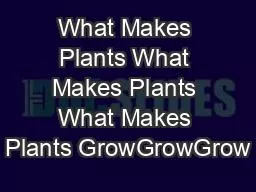
![[EPUB] - Penguin Readers Level 3: Wonder (Penguin Readers (graded readers))](https://thumbs.docslides.com/903165/epub-penguin-readers-level-3-wonder-penguin-readers-graded-readers.jpg)